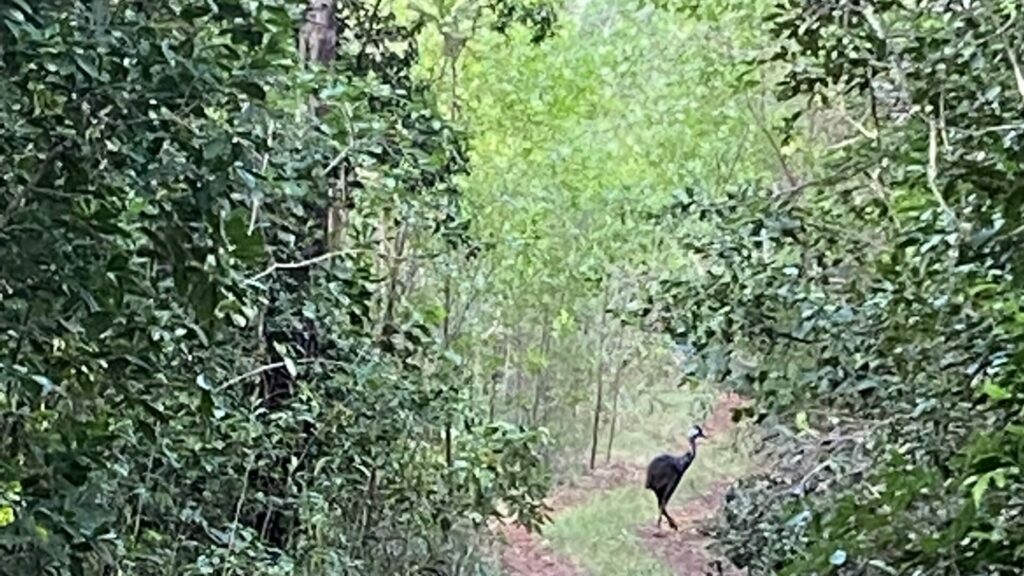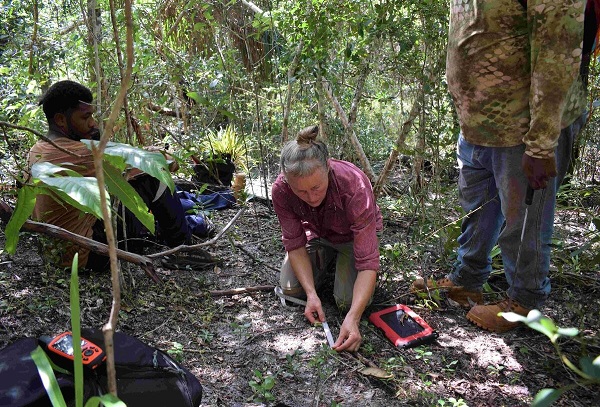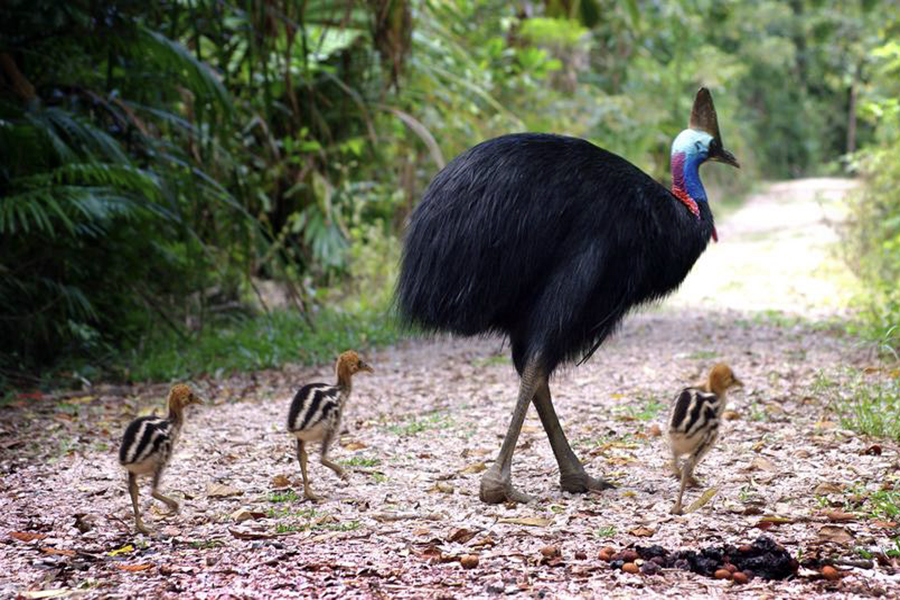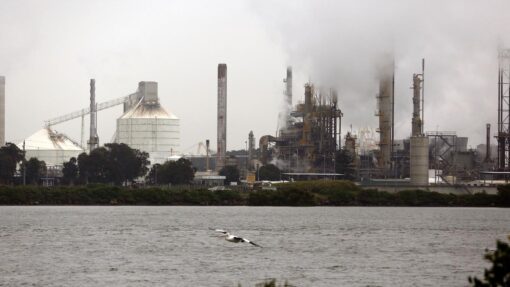Hopes for cassowaries after rare sighting in far northern Cape York Peninsula
Richard Dinnen - Queensland Editor |

There’s been a rare, confirmed sighting of a female cassowary in remote country on northern Cape York Peninsula, just the second time one has been seen there in four years.
Researchers encountered the cassowary at the start of a six-day survey by Ipima Ikaya country traditional owners, consultant Wren Mclean, and Cape York Natural Resource Management.
Cape York NRM Biodiversity Project Officer, James Dobson, said the sighting was a wonderful surprise.
“It just walked into camp. It was amazing. We didn’t expect that. We weren’t sure we’d see anything, let alone on the first day.
“Camp was set up, we were just sitting around having breakfast, going over the plan for the day. I was over by my tent, and the team started yelling at me, in quiet voices, ‘James, there’s a cassowary’”.
“At first, I thought, they’re having me on, but then I heard the cassowary making its call and I knew it was really there.
“We spotted it again, crossing the track to the campground, and then across the main track. It was leaving prints in the mud. We measured the tracks and found it was a large female.”
Survey leader and traditional owner, Pat Williams, said the first he knew of a cassowary in the area was the distinctive booming call.
“I heard its sound, and we were all silent, then it was here.”
Ipima Ikaya people refer to cassowary as Wadthuuny, and the creature has great cultural significance to them.
Consultant, Wren Mclean, said it was a really significant moment when the cassowary came into the camp.
“We were so elated. We couldn’t believe it. I felt like, really, it walked in to greet the traditional owners. None of them had seen a cassowary, ever, in that area.”

Ms Mclean studied cassowaries for eight years in the Daintree lowlands, developing the use of visual lures in front of camera traps to record the creatures.
The process was used in the current study and the team spent six days setting up the camera traps across 14 locations.
“It’s an effective way of drawing birds in front of the camera and getting them to stop longer in front of the cameras.
“We focused on areas of fresh water and potential cassowary habitat which is mesic rainforest.
“We found numerous cassowary scats, which all seemed to hold the same fruit, a small orange fig, so I’d say that species is really sustaining cassowaries in that area.”
Cassowaries are a large flightless bird, more commonly found in the rainforests of north-eastern Queensland, where they have a critical role in sustaining fragile ecosystems.
The encounter on northern Cape York rules out the common perception that cassowaries had become extinct in the region. The last confirmed sighting was in 2018.
Cassowaries are listed as vulnerable under the Queensland Nature Conservation Act, and there is a government obligation to protect them.
Traditional owner, Pat Williams, will be part of ongoing monitoring and review of camera trap images. He said he hopes the images will confirm a functional cassowary population still exists.
“Being out on country and taking the young fellas out there, hearing the cassowary call, then seeing it walk into camp, that was really something.
“I can’t wait to see what we find on those cameras. I want them to be safe.”




